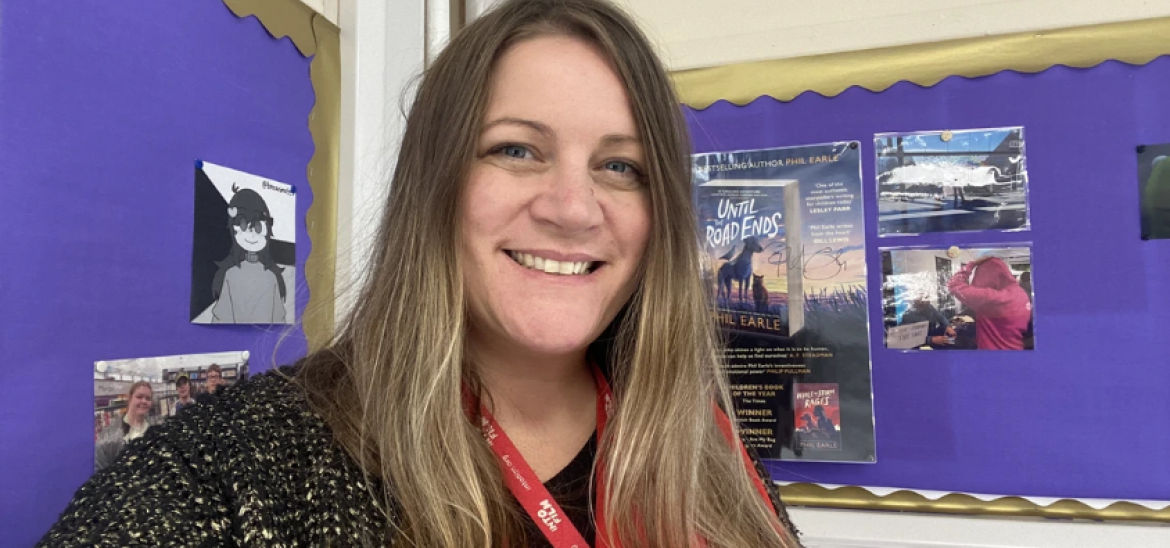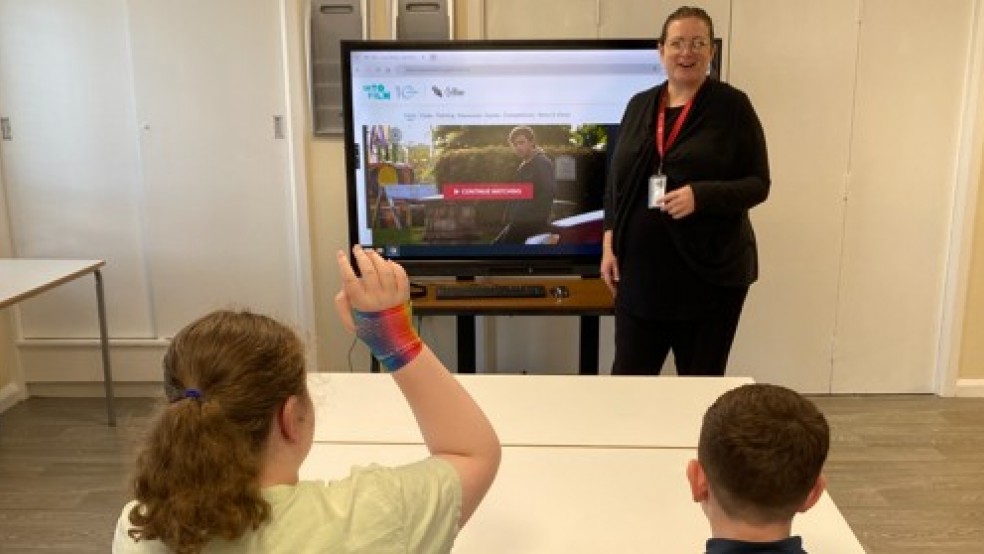Into Film Clubs
Find out everything you need to know about starting an Into Film Club.



At Into Film, we understand that every learner has different educational needs and requirements, and we always seek to ensure that we cater for all those with Special Educational Needs and Disabilities (SEND) / Additional Support Needs (ASN) / Additional Learning Needs (ALN).
Film can be a highly effective tool in helping those with SEND to better understand, not only curriculum-linked and academic topics, but also the wider world around them. That applies to a variety of feature length and short films available to stream for free* with Into Film+, including visually captivating narratives and fascinating uses of sound and colour that can be especially engaging for young audiences with learning disabilities.
Susan Gould, an English teacher at Clackmannanshire Schools' Support Service in Scotland, regularly uses Into Film+ in her lessons. "We have to capture young people's attention pretty quickly", explains Gould, "as some pupils can disengage straight away when reading text even if it's poetry or short stories. I found film was a good hook and helped level the playing field in a classroom full of mixed abilities."
"I could have someone who was a very competent reader, and then someone who felt so threatened by the thought of reading that they'd walk out. But with film, everyone has the ability to get involved and contribute their thoughts and ideas."
I found film was a good hook and helped level the playing field in a classroom full of mixed abilities.
Susan Gould, English teacher at Clackmannanshire Schools' Support Service in Scotland

Two films on the Into Film+ catalogue are particularly helpful when seeking to engage SEND learners. Home and A Monster Calls are each accompanied by film guides that have specifically been made for SEND pupils with the input of an expert SEND advocate, consultant, and teacher.
When watching films for a social or educational purpose, animation can be particularly effective as both a practical activity and for communicating new ideas to SEND learners of all ages. You can read more about this on the Education Scotland website. Similarly, reviewing films - whether in writing, orally or even through pictures and symbols - is also often cited by educators as a strong means of engaging SEND learners and developing their confidence in sharing their thoughts and feelings.
"I love the fact I can dip in and out of Into Film+", Gould enthused. "It's so easy and reliable. Plus, it's safe for teachers to use; there's a quality and a standard you come to expect that just isn't there with other resources or websites like YouTube. Knowing there's a certain level of security means I can stream films immediately. Students can also search for subjects they want to watch, which gives them more of a voice."
Knowing there's a certain level of security means I can stream films immediately. Students can also search for subjects they want to watch, which gives them more of a voice.
Susan Gould, English teacher at Clackmannanshire Schools' Support Service in Scotland
Schools that cater to young people with ASD (autism spectrum disorder) have particularly found that learning through film can help those students who struggle with traditional learning methods and environments to discover a more accessible route into the curriculum. This can not only improve attainment but help increase confidence and social skills as well. Welsh school The Hollies and Into Film Award-winning filmmaker Joe Blandamer are just two examples of how learning through film and filmmaking can benefit ASD learners.
"Children today do grow up in a very media-rich environment", explains Gould. "Although they aren't reading literature in the same way, they're still accessing stories through film. When we talk about plot, characters or settings, many think ‘reading' - which can be an instant barrier. But explaining these ideas through film and filmmaking removes those barriers. No one is reluctant or worried about contributing to discussions. Seeing my pupils feel more engaged and confident in lessons, even using film to help generate their own writing, has been so powerful to experience."
Seeing my pupils feel more engaged and confident in lessons, even using film to help generate their own writing, has been so powerful to experience.
Susan Gould, English teacher at Clackmannanshire Schools' Support Service in Scotland
Visit our dedicated SEND/ASN/ALN page to find a collection of SEND-focused films, resources and articles that can help you ensure that the power of film reaches all young people, regardless of ability or requirement.
* Screenings for an entertainment or extra-curricular purpose require a PVS (Public Video Screening) Licence from Filmbankmedia. State-funded schools in England are covered by the PVS Licence.
The core Into Film programme is free for UK state schools, colleges and other youth settings, thanks to support from the BFI, awarding National Lottery good cause funding, and through other key funders including Cinema First and Northern Ireland Screen.
Viewing 4 of 4 related items.

Get in touch with your article ideas for the News and Views section.